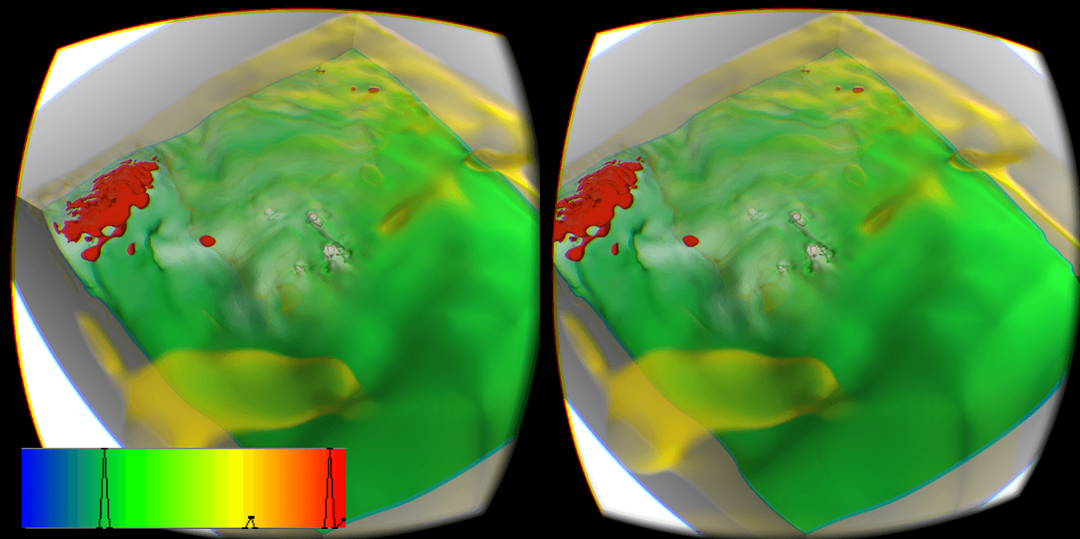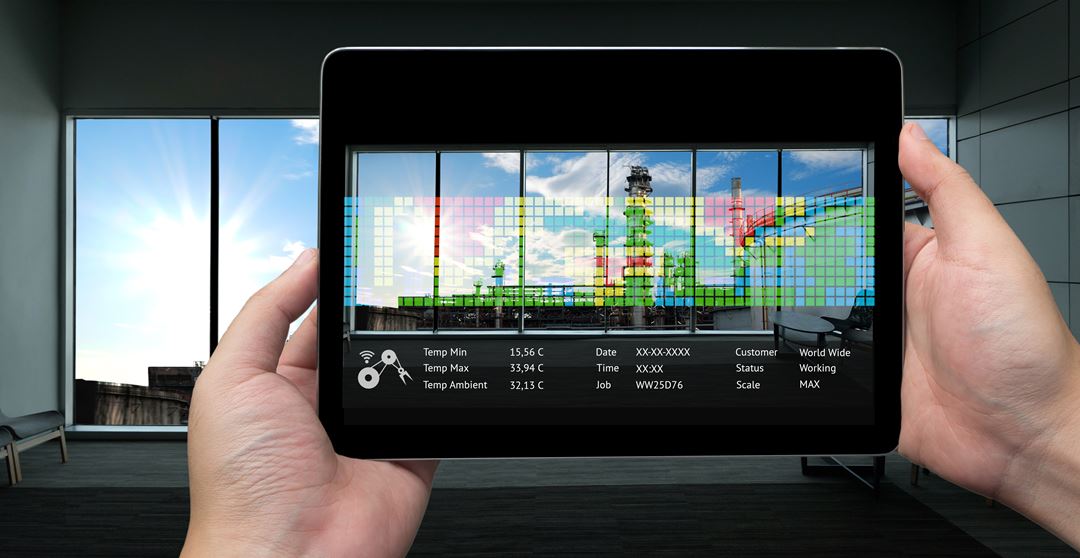Virtual and Augmented Reality
Scientific VR

The use of virtual and augmented can help users to interact with scientific models in a more natural way. Current VR technology requires at 90 frames per second, in high resolution, for each eye to achieve a good user experience. Our research focus on efficient and trustworthy rendering for sicentific data such as wind and medical data. Furter research will include how to efficently interact with the data in a virtual environment.
Augmented Reality

Virtual reality blocks the real world in order to fully imerse the user in the virtual world. Augmented reality on the other hand combines the two, either by semi transparent glasses or manipulating images. The first popular AR application, Pokemon Go, use simple user interfaces to bring the worlds together.
Immersive video experience
Until recently, 360 movies could only be experienced at dedicated locations with expensive installations. Today, channels such as YouTube makes this experience available to anyone with a mobile phone and a cardboard box. However, the user is still limited to a two dimensional view of the world. Together with our partners, we study how to increase the immersive experience by using three dimensional 360 video content.